May 14, 2019 by Klaus Crow
Bigstock photo
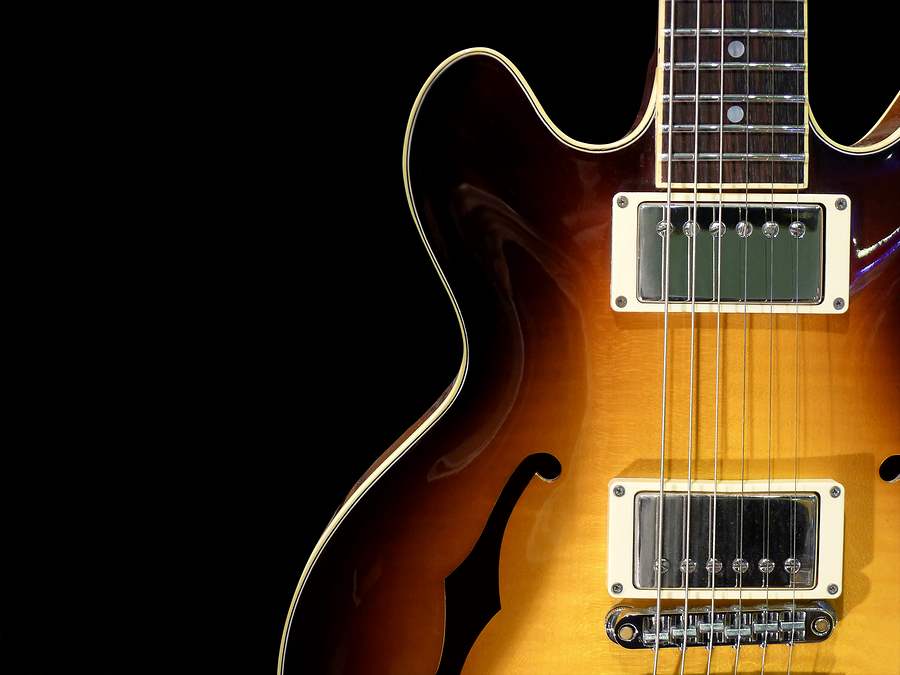 The spider exercises are one of my favorites. The spider is a cross string picking exercise that is designed to develop dexterity in both hands.
The spider exercises are one of my favorites. The spider is a cross string picking exercise that is designed to develop dexterity in both hands.
If you’re having trouble with either your right hand or left hand coordination and you want to see real improvement then these are the perfect exercises.
Do you think your hand coordination is superb then try the exercises below to confirm your assumptions or go back to your room to practice some more. :)
Depending on your skills the spider is not exactly for the faint hearted. It can be quite challenging but careful once you get the hang of it, it’s a really addicting exercise that won’t get rid of you.
How to practice
Start out slow, real slow and play through each exercise a couple of times until it feels comfortable. Once you can play the exercises slowly without faltering try playing along with a metronome. Again begin real slowly and gradually increase the tempo of the metronome.
Pay attention to the quality of the exercise. Make sure all the notes sound clean and clear. Apply alternate picking technique with your right hand (down,up,down,up).
Focus fully on the exercise. Observe your left and right hand while playing and see if there’s anything that needs to be corrected or improved. The slightest change can make a huge difference.
Relax the muscles in your fingers, wrists, hands, arm and shoulders just enough to reduce strain and prevent any injuries. It’s also of great importance if you want to perform the exercise to its best potential.
Here’s the left hand fingering position:
1 = index finger
2 = middle finger
3 = ring finger
4 = pinky
Use the exercise to warm up and make it a regular part of your guitar workout.
Enjoy the ride!
SPIDER EXERCISE #1
SPIDER EXERCISE #2
SPIDER EXERCISE #3
SPIDER EXERCISE #4
SPIDER EXERCISE #5
SPIDER EXERCISE #6
SPIDER EXERCISE #7
SPIDER EXERCISE #8
Did you like the exercises?
Join the Guitarhabits facebook page to keep up with the latest posts, guitar lesson videos, tips, tricks and other news about Guitarhabits.
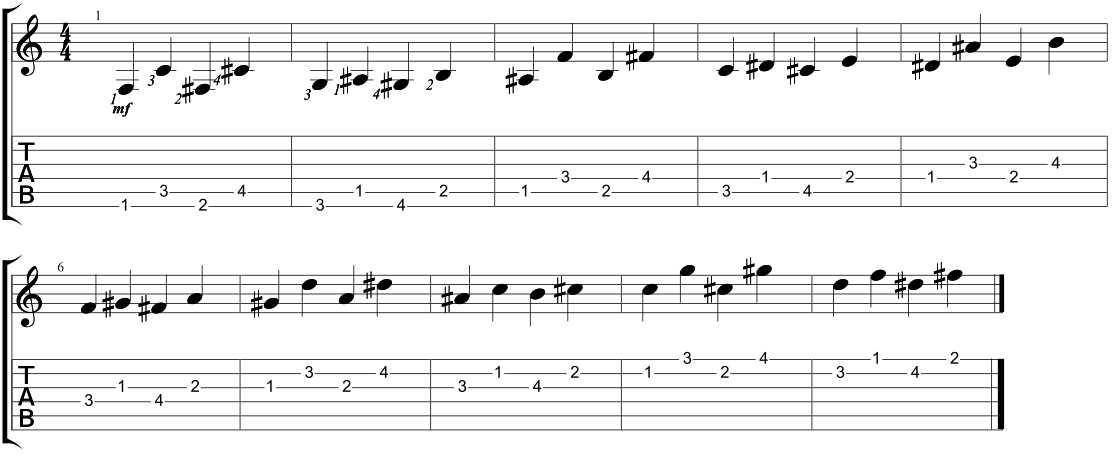

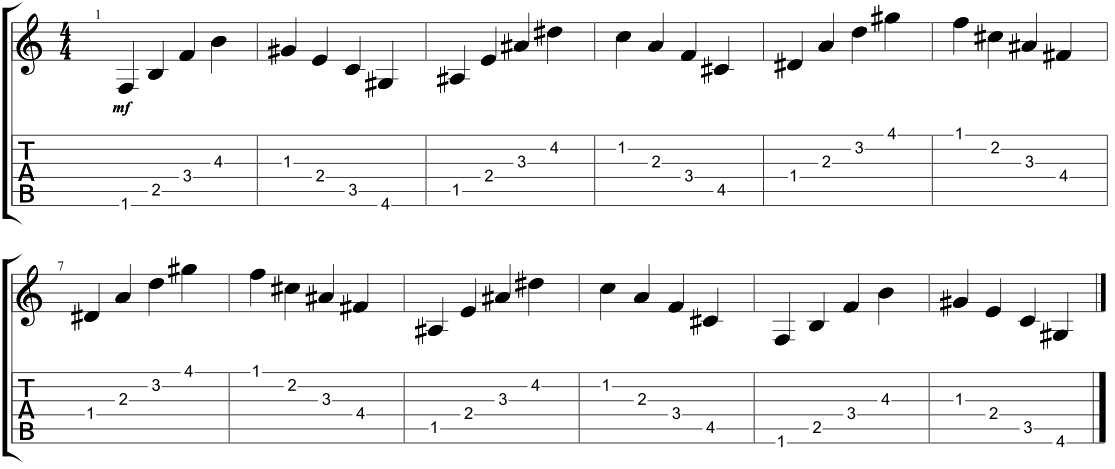
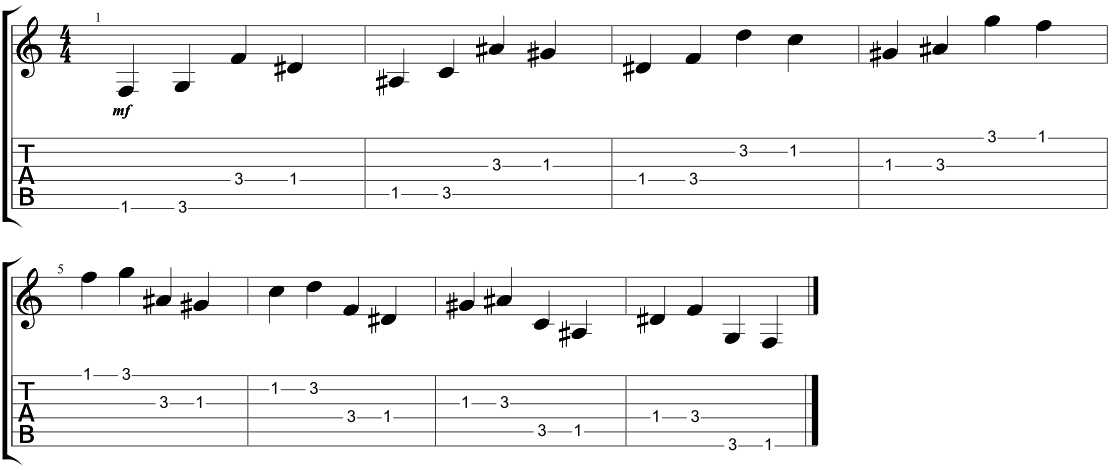
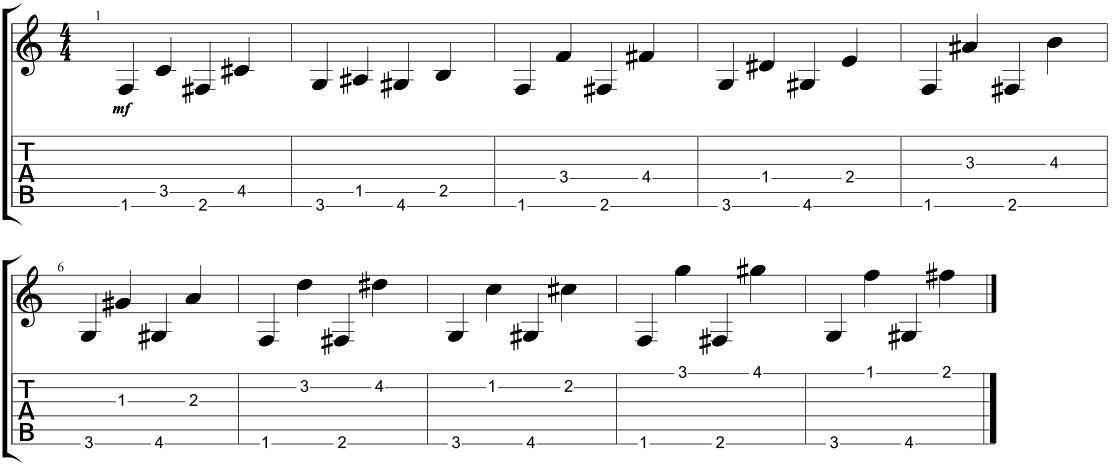

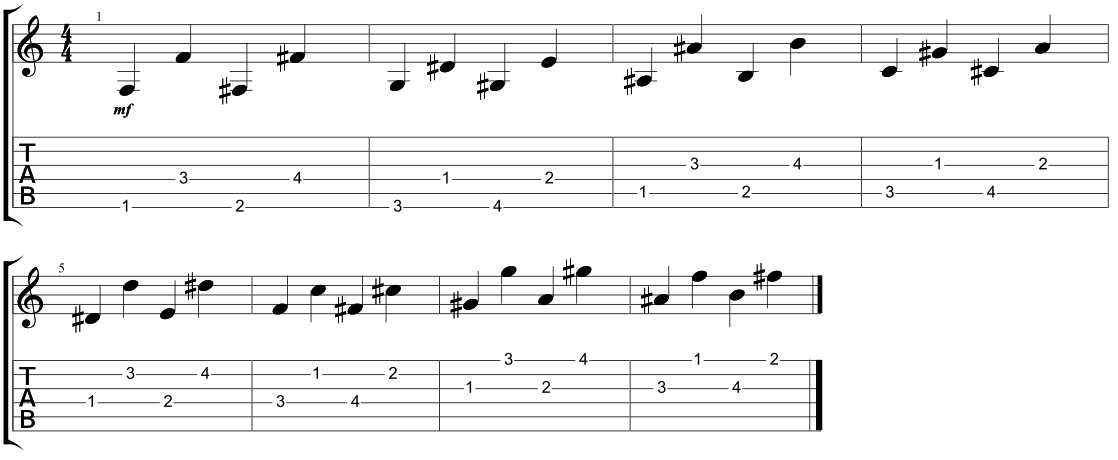


Hi Klaus,
This spider exercise is a new term to me. Your tips on how to practice these are very helpful.
Hi Prasana,
Thanks I appreciate it.
Best regards,
Klaus Crow
Hi Klaus,
I was like, spider exercises, wtf? But then when I picked my guitar up and tried it i totally understand why, my hand looks like a spider moving across the fret-board lol!. I am pretty good at scales and alternate picking but this is a new one to me and it has been fun to learn and i’m still playing it pretty tentatively and slowly.
Thanks man
Hi Victor,
Indeed you can be a great guitar player and still be challenged by the spiders.
The spiders display our hidden flaws :)
Have fun practicing!
Best regards,
Klaus Crow
hi Klaus,
After the 3142 on the 2nd and 1st strings on the Spider first exercise, what next? Do we have to come back down the the 6th string and shift to next half step? I started from fret no.1….
thanks :)
fine
Hi Alden,
There are a lot of variations possible on the way back. I really like to go 3-e, 1-b, 4-e, 2-b, 1-e, 3-b, 2-e, 4-b and then play the same on the b and g string, g and d, etc.
By 3-e I mean 3rd fret high e string.
Best regards,
Klaus Crow
thank u Klaus, it made sense, and its more difficult now, :) i just played up to 12th fret and back to 1st fret, will try the 2nd exercise next…
Thank you Klaus, the exercises are very helpful. I wanted to mention another exercise that I think would improve the fretting hand.
I also play bass, and came across a similar exercise called isometrics. I found it in a book by Glenn Letsch, called “Stuff Good Bass Players Should Know.” Isometrics is a simple exercise to build strength in individual fingers, and to help move each finger independently. It totally improved my playing on bass, and I have no doubt it would be useful on guitar.
Thanks again!
Hi Klaus,
Great exercises. I wished for some exercises to rectify my flawed alternate picking. Wow!!! you came up with “Mother of all Exercises”. Left & right hand coordination, dexterity, string skipping; all in one package. Please suggest some “Legato” & finger stretching next time. Thank you for your lessons.
Can you explain the 1st exercise more clearly. I am a bit confused on the numbers – if they are frets or the finger?
1 2
3 4
These i will play on high e and b strings. But the number represents the fret or the finger number? check if i am right. for e.g
1st fret on high e with my index
3rd fret on b with my middle
2nd fret on high e with my ring
4th fret on b with my pinky
Hi Ram,
1, 2, 3, 4 represents fret number. But you can try on higher frets (e.g., 12, 13, 14, 15) for a variation. And yes my friend your fingerings are correct. You can also chromatically move up-the-neck to increase difficulty!!!
Hola!
I’ve been practicing these in the last weeks and seen a lot of progress and improvement in my technique. Thanks a lot for sharing the exercises and above everything for the effort and energy you put into this site. It’s very encouraging!
There is one thing I think is worth mentioning regarding the technique, and that is that when doing the exercises, you want to move the least amount of fingers on your fingerboard hand as possible between notes played.
Take for example exercise number one: what I mean is that you play first fret e string with your index finger, then third fret A string with your ring finger >without moving the already positioned index finger!without moving the already positioned index and ring finger!without moving any of the other three fingers!<. Now, for the third fret e String, all you need to do is move your ring finger from its current position, the third fret A string, to the e String on the same fret, but all the other fingers should remain in place, and so forth.
There are situations where you definitely must move some extra fingers: for example, the next move in the series would be the first fret of the A string; your index, middle and ring finger are positioned in frets 1,2 and 3 of the e String, respectively, and your pinky finger is on the fourth fret of the A string. If you only move your index to the first fret of the A string, you would have the pinky "blocking" that note from playing, so you must definitely lift it to give that note some space.
Following that basic principle increases the difficulty dramatically, but it also improves your technique, strength, and above all the independence of your fingers, and brings what I like to call "finger discipline". It is also much more rewarding to see your fingers move over the fret board like a real spider from side to side, top to bottom. I really enjoy it.
I encourage anyone that practices these exercises to raise the difficulty bar by forcing themselves into moving only the absolute necessary fingers between notes played, but still do so by keeping their hands relaxed and applying only the force required for the note to sound clean. I hope you see such good results as I have in the last weeks!
I really appreciate this exercise. I’ve been trying to slowly get better at guitar, and I just haven’t known what to be practicing. This is perfect.
Lak: Ive been trying to keep myself from lifting my fingers too high off the fretboard and Im thankful I ran into your comment. Adding the element of finger discipline really makes these spiders hard. Thanks for the tip!
I read this post completely concerning the comparison of hottest and previous technologies, it’s awesome article.
Heyya i’m for the first time here. I found this board and I ind It resally useful & it helped me oout much.
I hope to give something bac and aid others
like you helped me.
Hi there, its good post regarding media print, we all know media is a wonderful source of information.
These are super tough!
I am visually impaired student and I just come across your post, but the exercises are inaccessible for me. I mean, my screen reader just can’t read. could you explain me in comment.
Hi Klaus,
Love your articles. Recently picked up guitar and have come across a few of your posts during my initial learning. It would be great if these exercises were available in a downloadable format. Is it and I am not looking in the right place?
Would be great if this was available in a guitar pro (.gp*) format :)
Is it correct to run down all exercises down the entirety of the fretboard and cover all 8 exercise every day?
Im currently trying to do all 8 exercises through the entire fretboard, but my hands are being destroyed daily!
Thank you for these exercises! I’ve been enjoying the first three of them. In exercise #4 you only use finger 1 and 3? Or can you use for example, the pinky to go from one string to another?